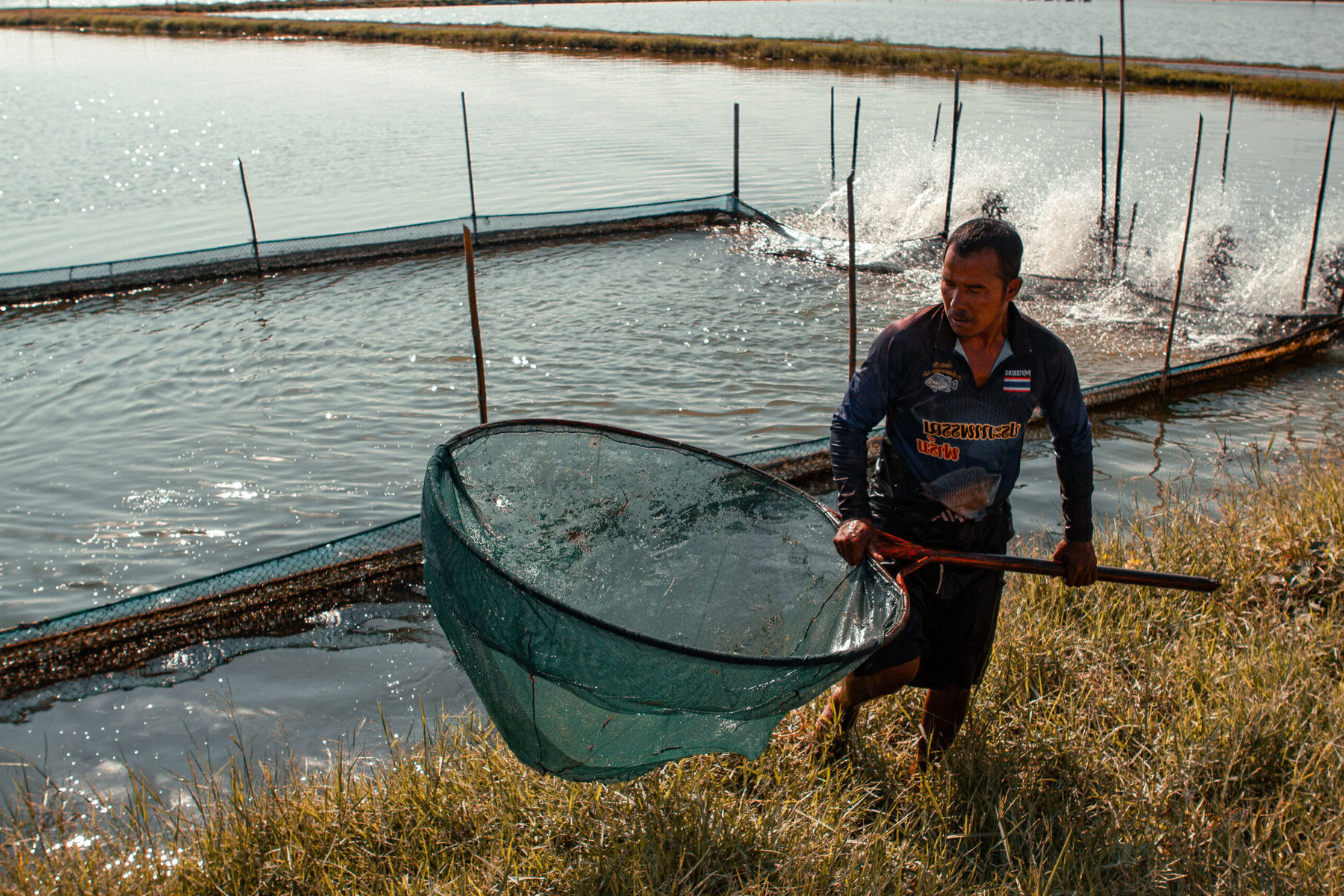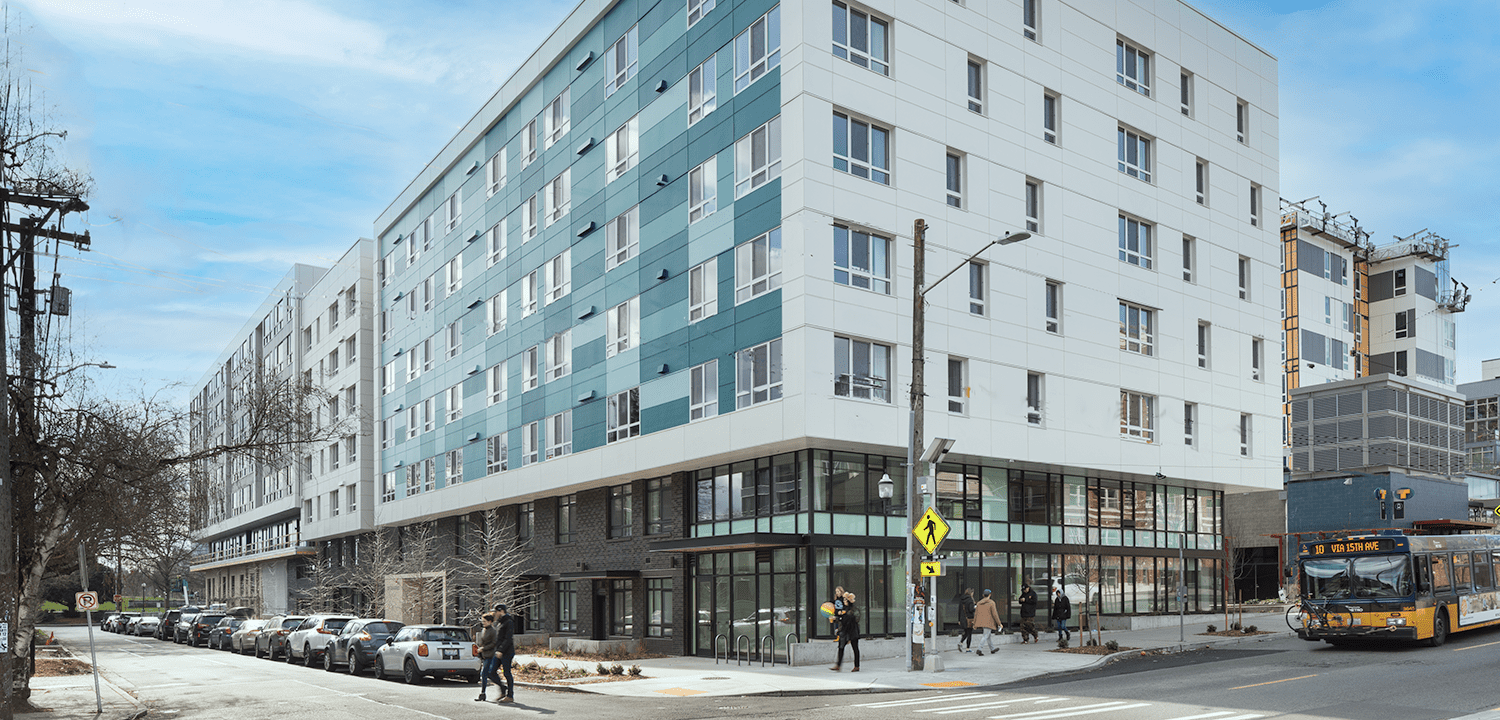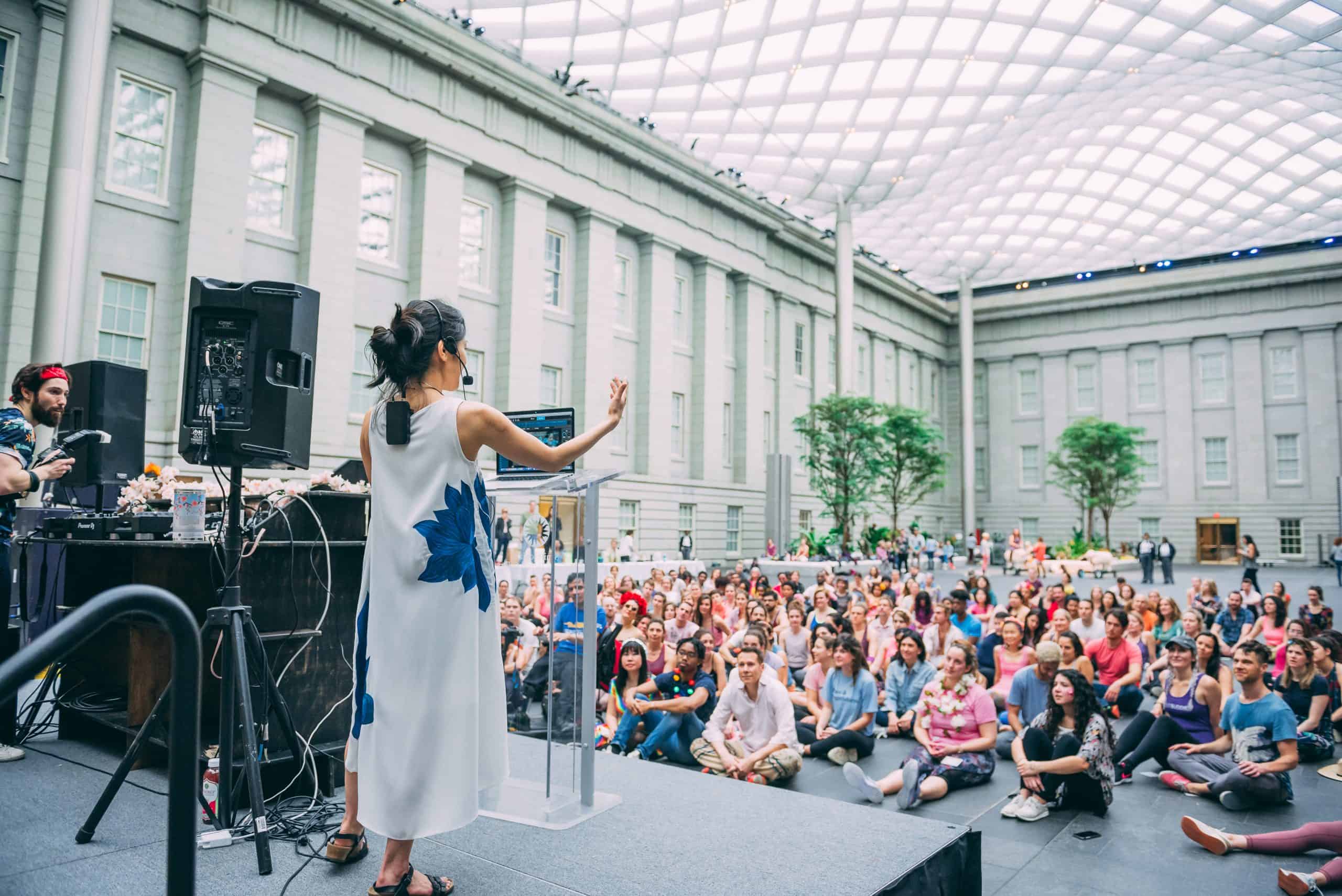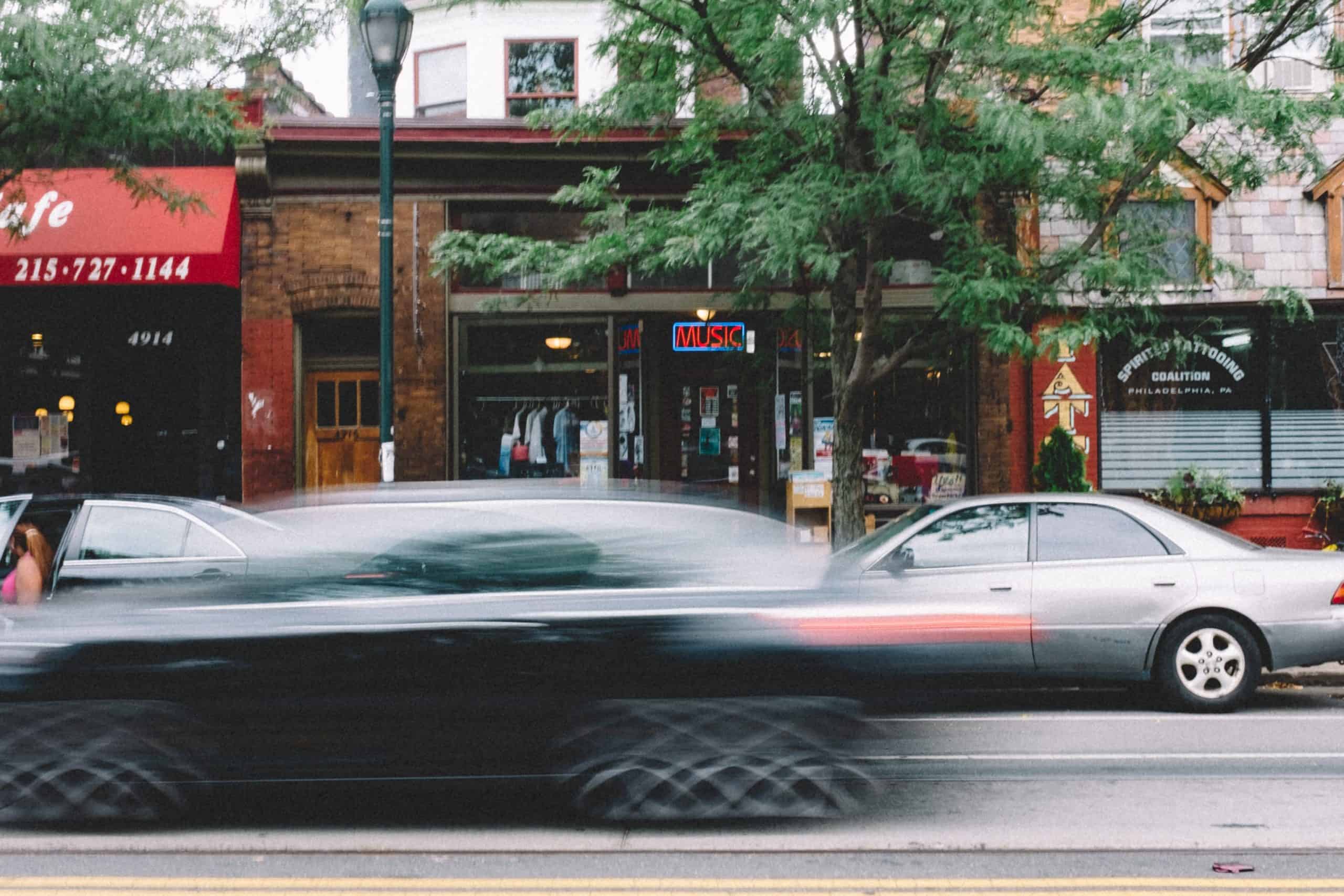During all of the 11 years that Arjiram spent in a conventional Indian prison, the numbardar — the man who conducts the daily roll call — never once called his name.
“He used to just count our heads,” says Arjiram, who was convicted of murder. The sense of anonymity was so intense, he says, “I began to even forget my name in the closed prison.”
Indignities like this defined Arjiram’s experience while he was incarcerated, piling up one by one in a years-long process of dehumanization. His experience was typical of prison life in India: he lived in cramped, unclean facilities, lacked basic amenities, and shared bug-infested blankets on crowded floors. “To ward off dark memories of the closed prison, I started feeding ants during my roll call at the open prison to keep myself from a disturbed state of mind when memories from the closed prison would persist,” he says. “Feeding these ants gave me a sense of purpose and a lesson in treating every creature with respect.”
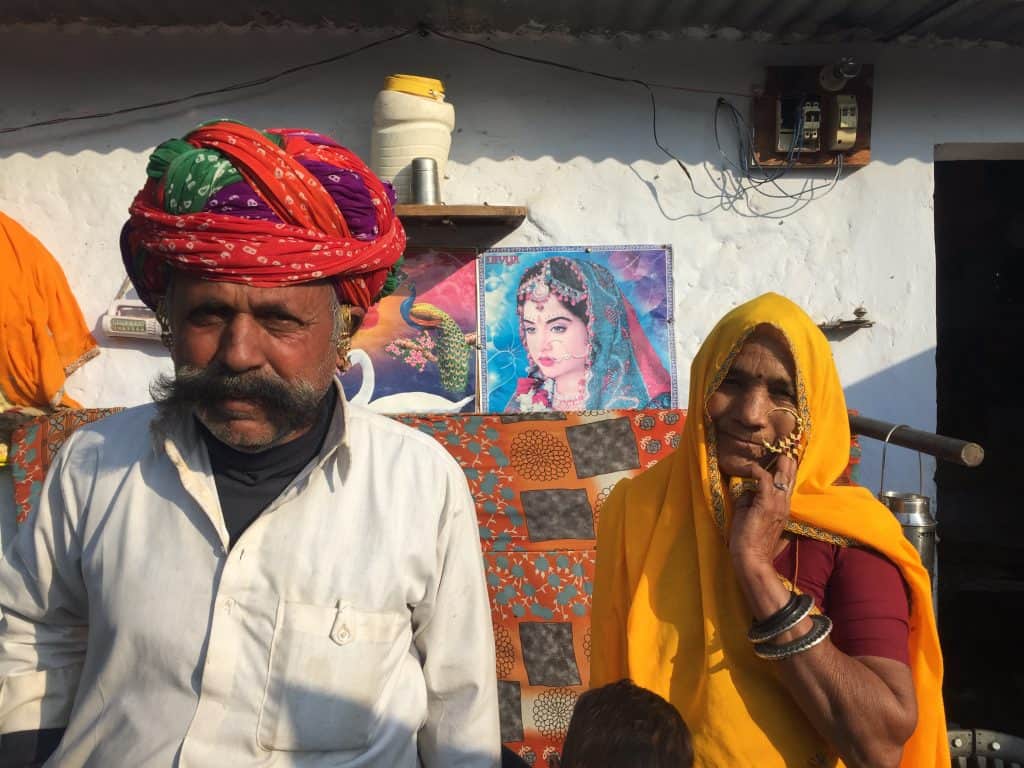
Then, in 2014, Arjiram’s life as a prisoner transformed in an instant when he was transferred to a different type of correctional facility: Sanganer open prison.
Though the people held at Sanganer open prison are technically incarcerated, they can leave the facility during the day and travel within the city limits. Almost immediately upon his arrival, Arjiram’s sense of self-worth grew. “It didn’t feel like I was in a prison,” he says. “I could go out and work and come back, and the best thing was they trusted me.” After being faceless and nameless for over a decade, he felt like a person again.
According to the country’s National Crime Records Bureau, there are about 88 open prisons in India, the largest share of which are in the state of Rajasthan, where the model is being pioneered. India’s open prisons are defined by minimal security. They are run and maintained by the state, and those incarcerated within them are free to come and go as they please. At Sanganer, the prison is open for up to 12 hours each day. Every evening, prisoners must return to be counted at an end-of-day roll call.
Designed to foster reform as opposed to punishment, the system is based on the premise that trust is contagious. It assumes — and encourages — self-discipline on the part of the prisoners. On a practical level, letting incarcerated folks go to work also allows them to earn money for themselves and their families, build skills, and maintain contacts in the outside world that can help them once they’re released.
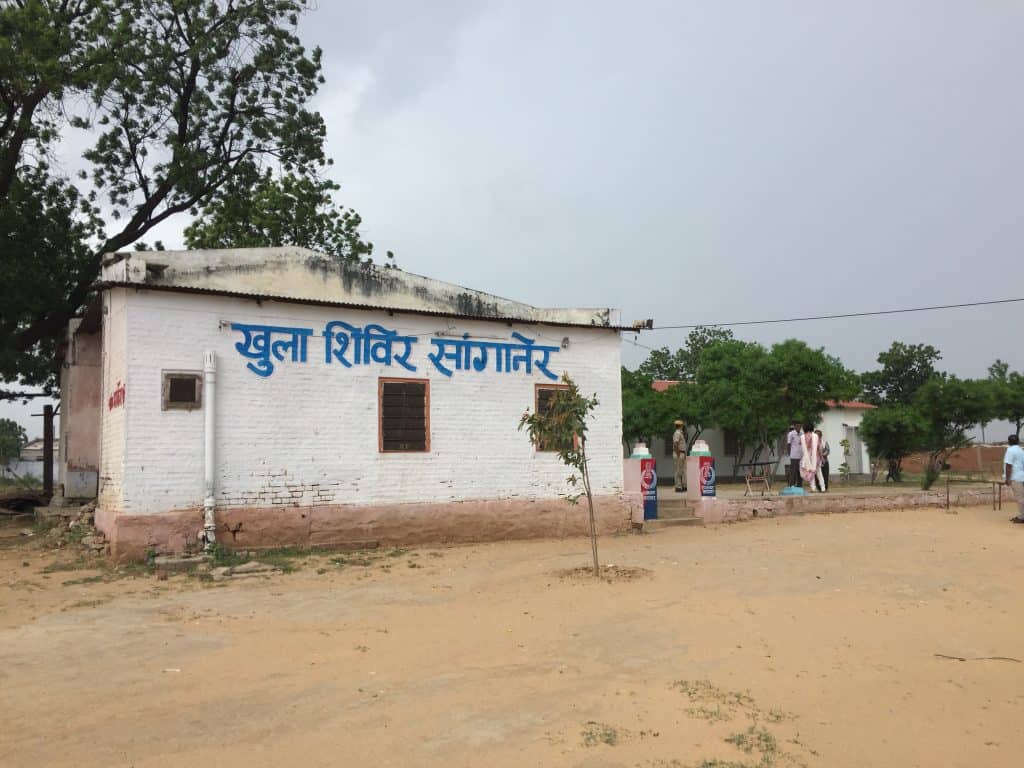
This model has deep roots in India. One of the earliest open prisons was established so its inmates could help to construct a dam in Uttar Pradesh in 1953. Over the next couple of decades it evolved as a rehabilitation-oriented system, promoted in particular by Sampurnanand, the governor of Rajasthan in the 1960s.
Today, while open prisons are not the norm across India — they house less than three percent of the prison population — they are growing in number and represent a remarkably progressive approach to incarceration. The model puts India among an elite group of countries that offer open prisons, such as Finland, a place often celebrated for its forward-thinking justice system. But Finland is a small, wealthy country of just over five million people and relatively little violent crime — it registers only a few hundred murders each year. India, on the other hand, is home to 1.4 billion people and tens of thousands of murders, rapes and assaults. Its sheer size makes its open prison system improbable, but it works.
Admittance to India’s open prisons is similar to how parole works in many countries: prisoners are transferred from conventional prisons into open ones based on a range of criteria, such as behavior, motivation to reform, and physical and mental fitness.
They’re not only for those convicted of petty crimes. Hari Singh (not his real name) was convicted of murder and, after serving time in a closed prison, was moved to Sanganer open prison five years ago. Before his incarceration, he worked in construction. “Now I ride an e-rickshaw and earn 600 to 700 rupees ($8 to $9 USD) per day,” he says. “I spent eight years in the closed prison where we are shut out from the world and there was constant worry about everything. Here, we lead a stress-free life — kamao aur khao (earn and eat).”
Crushed by negative news?
Sign up for the Reasons to be Cheerful newsletter.In addition to allowing inmates to support themselves, open prisons require far less staff, and their operating costs are a fraction of those in closed prisons, which average monthly costs of 7,000 to 10,000 rupees ($92 to $130 USD) per prisoner. And while there is little reliable recidivism data available in India, Scandinavian countries with open prisons have among the lowest recidivism rates in the world.
But the most visible benefit of open prisons is in the humane conditions they provide for those who reside there. As in many countries, prison overcrowding is a major problem in India, with profound implications for physical and mental wellbeing. Open prisons help to solve this.
“Color is the one thing we miss in a traditional prison,” says Pooja Chabra, who was transferred to Sanganer open prison from a closed prison in 2015. As soon as she moved into Sanganer, Chabra started planting flowers. “I planted some marigolds outside my residence in Sanganer open prison,” she says, “which suddenly provided color to my otherwise colorless life.”
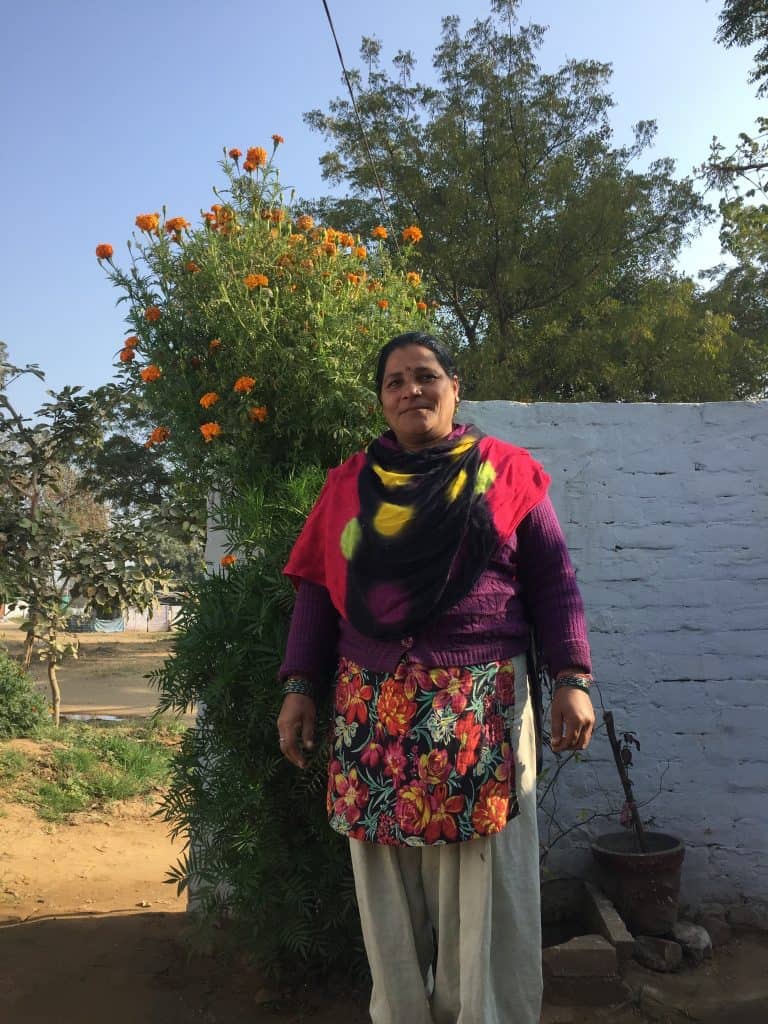
Chabra found more than just color at Sanganer — she found love. It was there that she met Kishan Devagowda, who was also incarcerated. “I am living the second phase of my life here and these are possibly the happiest years of my life,” says Devagowda.
Single women are not typically allowed in open prisons, but some have found ways to get themselves transferred into them regardless. In some cases, a group of single women will declare that they are a family. “We decided to become each other’s family — life changed from that moment onwards,” says Geeta Sharma, who was sent to Sanganer open prison along with her “family” of other single women.
India has other types of open prisons, as well. The open prison at Cherlapally, Hyderabad in Telangana is spread over 120 pastoral acres. Those who reside there are paid to tend crops, fish and raise chickens. While offering somewhat less freedom than Sanganer open prison, the prison in Cherlapally nevertheless allows the people there to build skills, have family come visit and generally live a more normal, less confined life.
“The prisoners work on the farms and the poultry,” says a deputy superintendent at Cherlapally open prison who asked to remain anonymous. “They learn new techniques of cultivation which will enable and prepare them for livelihood after their release.” The Telangana State Prisons Department even set up an outlet called “My Nation” in the recently held All India Industrial Exhibition at Hyderabad. The outlet sold articles such as bedsheets, towels, doormats, steel cupboards, stools, and cleaning and bakery products made by the prisoners, all of whom were paid for the work.
Smita Chakraborty founded the prison reform organization Prison Aid and Action Research (PAAR) in 2018 after more than a decade of working with incarcerated people. Perhaps more than anyone else, she has pioneered the concept of open prisons throughout India. “If they can think of a parole system,” she says, “they can think of an open prison system, too.”
This advocacy has been successful, and India’s share of open prisons is growing. In 2017 the country’s Supreme Court ordered the central government to arrange discussions with authorities across India to build more open prisons. Since the ruling, 30 new open prisons have been established throughout the country.
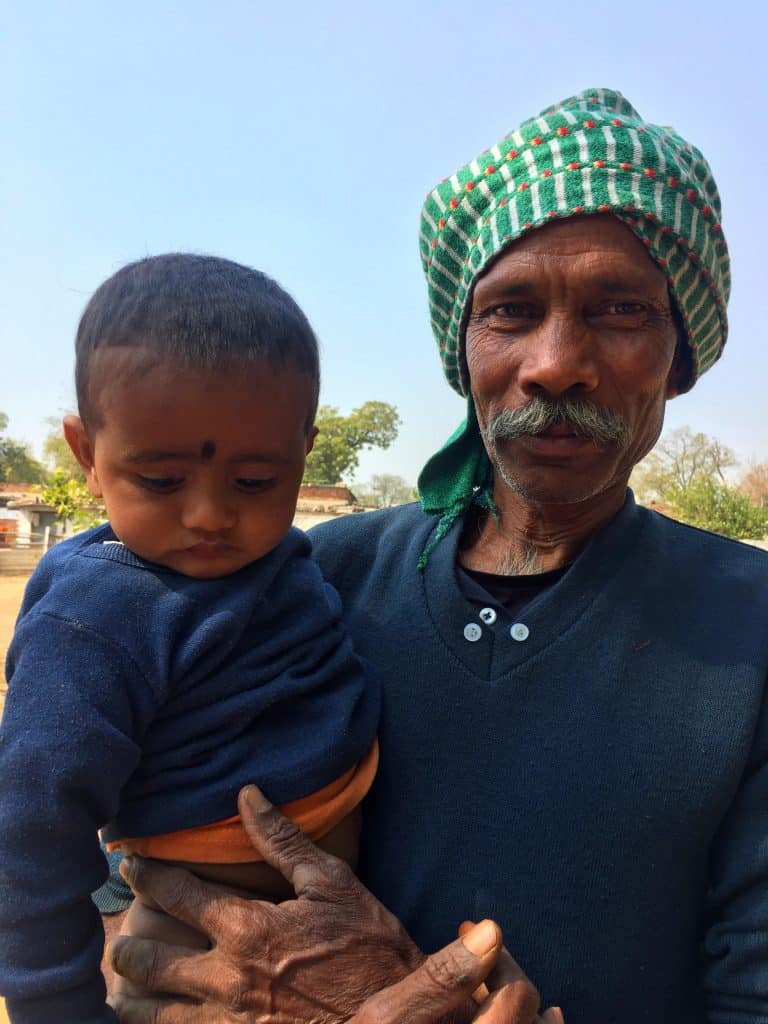
Chakraborty points out that fewer than one percent of those in India’s open prisons are habitual offenders, and the vast majority are nonviolent and pose little threat to society. What’s more, hardly anyone “escapes” from an open prison. The trust-based model appears to foster a meaningful level of mutual respect between the state and those under its supervision.
If anything, the open prison model has been criticized for being too conservative, particularly in regards to which prisoners it will accept. What some critics see as unnecessarily strict eligibility criteria mean that many prisoners who likely pose no threat remain stuck in closed prisons. As of 2021, India had the capacity to house 6,213 people in its open prisons, but only 3,075 were residing there.
If solving this problem lacks urgency, that may be because of the public’s relative indifference to the plight of prisoners, who are often viewed as socially irredeemable. But as open prisons become an increasingly visible part of India’s justice landscape, that may change. “There is a possibility that this concept could emerge as one of the major reforms of the 21st century,” says Ajit Singh, ex-director general of prisons in Rajasthan.
